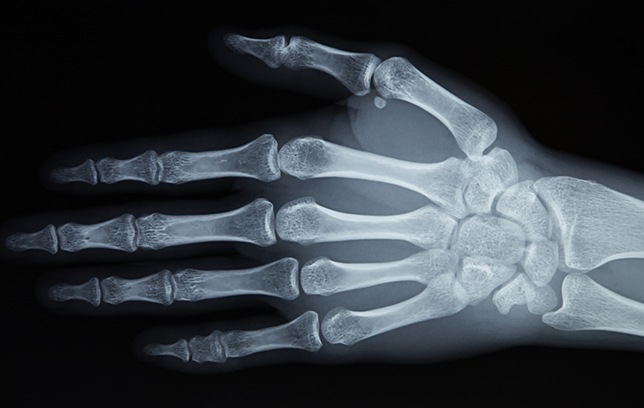Want to turn water into rum? Great news: You’ll be able to by the end of the summer! Well, probably.
Lately, people have been talking about Palcohol, or powdered alcohol. The boozy powder was invented in the name of convenience: An active outdoorsman, creator Mark Phillips wanted to enjoy a drink after an excursion but didn’t want to lug heavy bottles of liquor with him.
Phillips spent years tinkering and working with scientists to create the perfect recipes. The result: Five small, easy-to-transport packets filled with patent-pending powder. Mix the contents of each packet with 6 ounces of liquid (water, soda, or juice), and you have rum, vodka, a cosmopolitan, a lemon drop, and a margarita-ish drink.
One pack, which will be sold for $3.99 (to adults 21 and over, of course), is equivalent in alcohol content to one shot. And at just 80 calories, the powder is around 17 fewer calories than a shot of liquid vodka or rum.
(For healthy alcohol that doesn’t forgo flavor, check out 10 Low-Calorie Beers That Don’t Suck.)
Sounds cool, right? Some people don’t think so. While the Alcohol Tobacco Tax and Trade Bureau approved the Palcohol labels, and the Food and Drug Administration (FDA) reported that the non-alcoholic ingredients complied with regulations, the states still have a say—and many of them are prohibiting the stuff.
Alaska, Louisiana, North Dakota, South Carolina, Utah, Vermont and Virginia have already banned Palcohol, and lawmakers in more than two dozen other states have introduced similar bills.
Legislators mean business, too: New York Senator Chuck Schumer called it “Kool-Aid for underage drinking” and pleaded the FDA to step in and stop production.
Palcohol’s critics have many concerns. For one, people worry that underage kids will double up the packets and still just dilute with 6 ounces of water. But in an email to Men’s Health, Phillips says that just isn’t possible.
“You can’t double the dose of Palcohol or you would get [an undrinkable] mush,” he says, pointing out that people put two or three extra shots of liquid alcohol into drinks all the time.
Still, thirsty drinkers could technically add Palcohol to, say, a beer or another already alcoholic drink, resulting in a quicker sober-to-drunk effect. (For more dubious drinking behavior, see The 8 Worst Things You Do When You’re Wasted.)
Other concerns include the fact that someone could sprinkle Palcohol into your food or drink without you knowing it; it’s too easy to sneak into venues; people will snort it; and it’s too appealing for underage drinkers. Phillips offers retorts to every one of these assertions on Palcohol’s website, and maintains that the product is actually safer than liquid alcohol. For example, he says his powdered alcohol couldn’t go unnoticed in food and that it takes longer than liquid alcohol to dissolve into a drink.
But health professionals point to the biggest problem with Palcohol: There’s just too much unknown—like how it’s actually made.
“I don’t think there is enough information at this point to permit wide distribution of the product,” says Robert Pandina, director of the Rutgers Center of Alcohol Studies, who wants to know more about the associated health risks.
Haters be damned, Phillips says Palcohol is still on track to come out before the end of the summer. Until then, you’ll have to get by with regular booze—like these 10 Summer Cocktails You Should Try.















